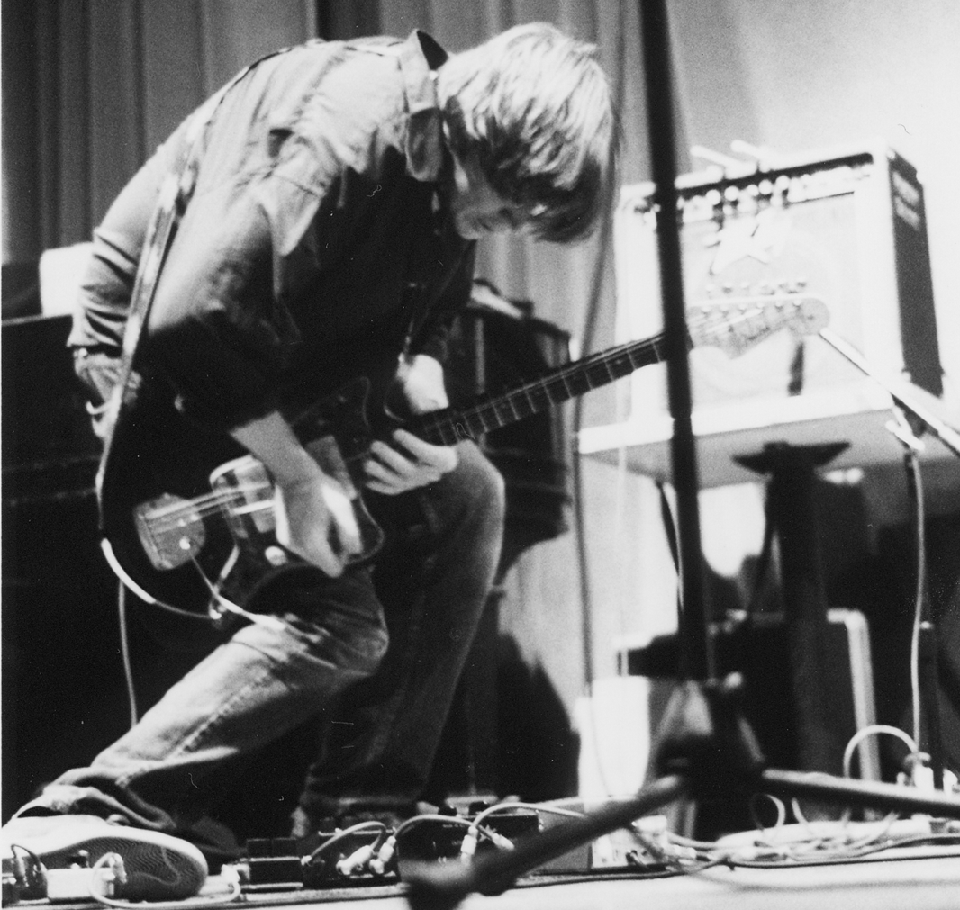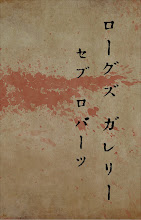We'll start by setting aside technical definitions; we'll also ignore the age-old use of the word as a glib dismissal by anyone not hip to the sound. In this case, probably the first person to reclaim the word from such nebulous definitional (ab)use was Lester Bangs. His 1981 essay "A Reasonable Guide to Horrible Noise" built the theoretical road on which so many still drive. His choice exemplars of "horrible noise" - Yoko Ono, Teenage Jesus & the Jerks, Lou Reed's Metal Machine Music - employ most, if not all, of the hallmark sounds still used today by (or to categorize) "noise" musicians: atonal siren caterwauling, contra-technical primitivism, harmonic contrarianism, and of course head-exploding feedback.

Once the Bastille of "Musicianship" had been stormed by post-punk and no-wave, critics struggled to define or contextualize the expansion of the sonic pallette. Some thread linked the likes of Texan degenerates the Butthole Surfers, snarling antagonists Big Black, and the more obliquely ambitious Sonic Youth; similarly, how could the assaultive tank-tread thunder of Swans, Ministry, and Einsturzende Neubauten be lumped together? Well, Robert Christgau tried calling the former "pigfucker rock" (which didn't exactly catch on), and eventually the "Industrial" label was slapped on the latter (and sticks to this day). But it was still a good decade after Bangs' piece before consensus held that "noise" could be applied to music without condescension or scorn.
Since then, the use of the word has evolved. Initially, "noise rock" was the rubric under which particularly obnoxious punk descendents (e.g. the Jesus Lizard, the Melvins, and later Lightning Bolt) were tossed. Eventually, it grew to include more onstensibly "artful" rock abstractionists like SY and My Bloody Valentine. Then, somewhere in the late '90s, the "rock" was dropped and a capitalised Noise emerged. Of course, Merzbow wasn't born in a vacuum: this music was with such precedents as Xenakis, Varese, Ligeti, Zappa, and Zorn. But all these composers flew other flags - serialist, modernist, minimalist, "skronk" (to use another horrid Christgauism). Hell, even guitar-abuse godfather Glenn Branca qualified himself as "classical." What had changed was that the pretense of noise as a means to and end had been dropped; noise had became an end unto itself.
And from there, my relationship with the term goes south. Typically, Noise music falls into one of two basic schools - audially eviscerating maximalism (a la Wolf Eyes), or porcelain-delicate minimalism (e.g. Richard Chartier) - and I can't bloody stand either of 'em.

On the maximalist side, one thing counterintuitive to the violent imagery & hardcore histrionics of Wolf Eyes, Nurse With Wound, Hair Police, AIDS Wolf, etc. is that the music is suicidally dull. Once your body physically adjusts to the sensory extremes, it becomes lulling, a numb buzz - static in both senses of the word. You hear that gut-rumbling squall? That's all you're gonna get, so do expect any surprises or sudden hairpin turns. Buddyhead.com's review of Wolf Eyes' breakthrough, Burned Mind, summed up the genre rather succinctly: "Bleep, scream, static, hiss, scream, bleep, static. This sucks."
The improvisational nature of the music also presents a problem. This may sound like a cue to start looking for the glass house in which I'm standing, but here's the truth: if all my bandmates and I wanted was to rape ear canals, it certainly would have required far less discipline, mutual creative respect, and rapport with our instruments than we employed. We could have shat out an album a week to be distributed via CD-R to the kinds of sport-collectors who covet eachother's Sunburned Hand of the Man bootlegs. But we didn't. Instead, we tried to play god on a small level, creating swirling form & balance where there was once void. Ergo, I can't sit through a set of hysterical, square-waving monotony without condemning the creative laziness on the part of the performers.

Meanwhile, noise minimalists are guilty of a different flavour of laziness. To make "music" that is an "exploration of the space between sounds and silence" is, to me, an abdication of the responsibility of a musician. I once saw Richard Chartier perform in Baltimore, and joked with a friend that his fundamental act of creation was prompting whatever billowed up in the minds of his audience to fill the vacuity of the music. Now, I'm a big fan of such "minimalist" composers as Steve Reich, Terry Riley, and Meredith Monk, but there the term was used with regard to the limited harmonic range of the work. These artists employed the transcendental potential of entrancing repetition, rather than relying on listening as the essential creative behaviour. I dislike much minimalist visual art for the same reason: as soon as the title of a piece becomes a necessary indicator of intent or meaning on the part of the creator, then you've failed in your role as an artist.
This isn't to say I'm against such music exisiting in the first place. Often, deliberate challenges to the status quo and conventional taste are necessary to push beyond whatever boundaries are currently in place. But very often, by virtue of their direct conflict within immediate circumstances, such challenges are too reliant on context to withstand the test of time. Brian Eno once put it far more elegantly:
Duchamp's urinal, the famous piece, I'm sure was a very important work of art in 1914, and it is now not: this is my opinion. It has only a historical position in the chain of how things came into being. It doesn't live now. In the same way as some distant ancestral species undoubtedly was part of the story of how we got here, but it isn't alive now. Neanderthal Man is gone. That doesn't mean we say he didn't play any part; but it does mean we say it is not a present reality for us.

For me, noise has always worked best as a signifier, a symptom of: the gritty existentialism of the Velvet Underground, the ice-cold indifference of the Jesus & Mary Chain, the drug-induced technicolour miasma of My Bloody Valentine, the sensory overload & fury of early Boredoms, the multiculti hyperreality of Acid Mothers Temple. These and other artists employ noise as a tool, a means of psychic transport to a greater destination. To deploy noise for its own sake is the equivalent of an artist nailing his pallette to the canvas - not entirely unlike Duchamp's urinal, and equally meritous of being pissed on.





No comments:
Post a Comment